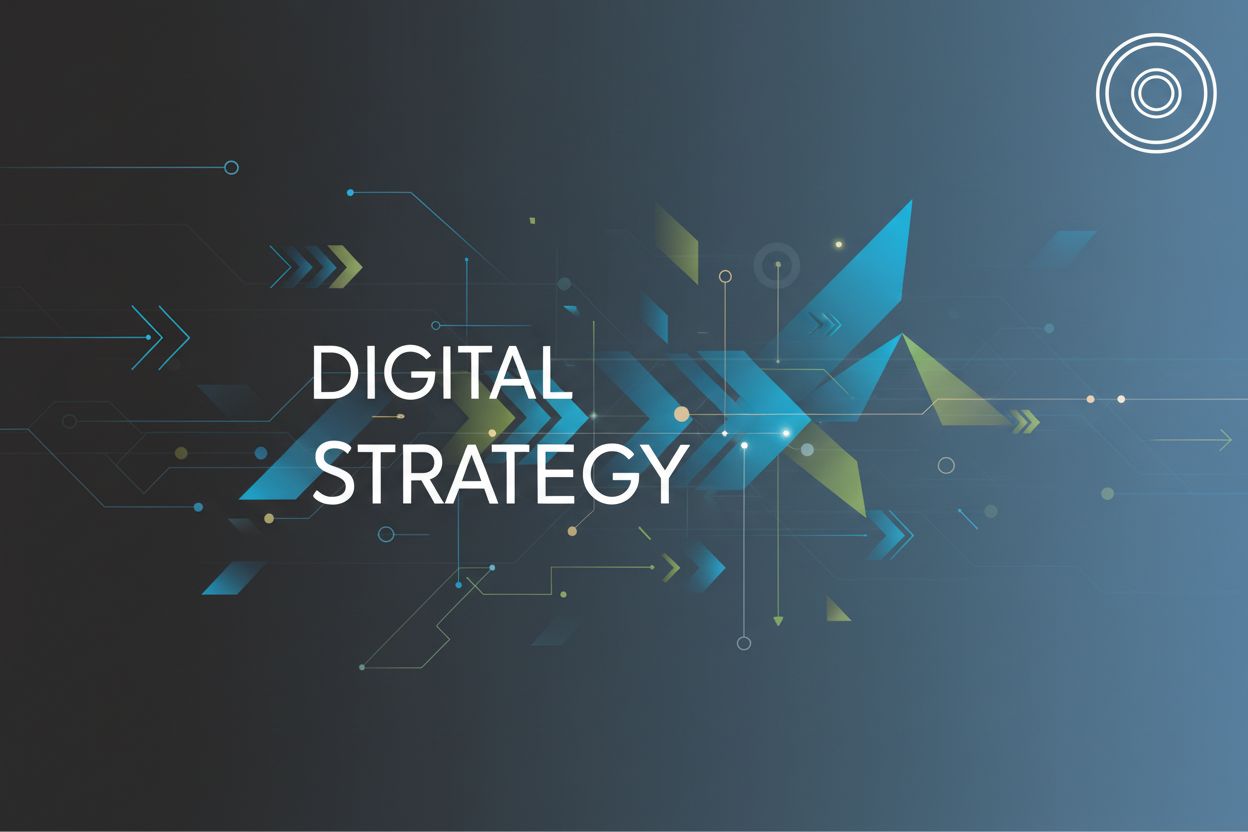Exploring Effective Strategies in Direct Response Marketing
TL;DR
Understanding Direct Response Marketing
Direct response marketing, huh? It's not just about throwing ads out there and hoping something sticks. It's about getting people to do something right now.
Think of direct response marketing as, like...a conversation with a clear ask. Here's the gist:
- Immediate Action: It's all about a quick response and seeing results ASAP. Instead of just building brand awareness, you want clicks, calls, or sales now.
- Targeted Messages: This ain't no mass blast. You're talkin' directly to your people with a message that speaks to them.
- Clear CTAs: Gotta tell 'em what to do! "Call now!", "Click here!", "Buy Now!" are key.
It's kinda different from brand marketing, which focuses more on long-term recognition. Digital marketing leverages online platforms and technologies to connect with audiences. Core components include: Social media marketing, search engine optimization (seo), email marketing, pay-per-click (ppc) advertising, content marketing.
Let's break down how these digital marketing components specifically help with direct response:
- Social Media Marketing: This is great for direct response because you can run ads with very specific targeting. Think about running a Facebook ad for a limited-time discount on your product. You can target people who have shown interest in similar products, or even retarget people who visited your website but didn't buy. The ad itself will have a clear "Shop Now" button, driving immediate action.
- Search Engine Optimization (SEO): While SEO is often seen as long-term, it's crucial for direct response too. When someone searches for a problem your product solves, you want to be at the top. For example, if someone searches "best way to fix leaky faucet," and your plumbing service ranks high, they're likely to click your link and call you right away.
- Email Marketing: This is a direct response powerhouse. You can send targeted emails to your list with special offers, flash sales, or event invitations. A well-crafted email with a compelling subject line and a clear "Register Now" or "Claim Your Discount" button can drive immediate sign-ups or purchases.
- Pay-Per-Click (PPC) Advertising: PPC, like Google Ads, is almost built for direct response. You bid on keywords people are actively searching for. When they click your ad, they're usually looking to solve a problem or make a purchase now. The ad copy and landing page are designed to convert them immediately.
- Content Marketing: Even content can drive direct response. Think of a blog post titled "5 Signs You Need a New Roof." At the end, you can have a clear CTA like "Get a Free Roof Inspection Today!" or a downloadable checklist that requires an email signup. This content attracts the right audience and guides them towards a specific action.
Direct response needs a few key ingredients to really work:
- An Offer: What's the deal? What are they getting?
- A Call to Action: Tell 'em exactly what you want them to do. Don't be shy!
- Tracking: Gotta know what's workin' and what ain't.
- Target Audience: Who are you even talkin' to?
Direct response is like a sprint, brand marketing it's a marathon. Direct response is measurable; brand marketing is often intangible.
So, you're probably thinking, "Okay, how do I use this stuff?" Well, that's the next step. We'll dive into the nitty-gritty of how to actually implement direct response strategies.
Core Strategies in Direct Response Marketing
Alright, so you wanna nail direct response? It's not just about having a strategy, but several, all working together. Think of it like assembling a team for a heist – each member has a specific role, right?
Targeted Messaging is Key: It's not enough to just shout into the void. You gotta know who you're talking to. Use data to segment your audience and tailor your message, so it actually, like, resonates.
According to Park University, understanding your ideal customer involves creating detailed personas that include demographics, preferences, pain points, and purchasing behavior.
For example, a financial services firm might target young professionals with messages about investment options, while retirees might get content about retirement planning. It's all about speaking their language.
Compelling Calls to Action (CTAs): Don't be shy, tell people what to do! A weak CTA is like a confusing road sign – nobody knows where to go. Use action-oriented language, create urgency, and make that CTA super visible. Think "Shop Now," "Download Today," or "Get a Free Quote."
Offer Optimization: Test everything! Discounts, free trials, bundled products – see what gets the best response. Maybe a "buy one, get one 50% off" works better than a straight 20% discount. You won't know until you try, and track the results.
Don't put all your eggs in one basket, you know? Use email, social media ads, even direct mail if that's your thing. Just make sure the messaging is consistent across all channels. To keep messaging consistent, you gotta have a core message and then adapt it. For instance, if your core message is "Save time and money with our new software," on social media you might say "Tired of wasting hours on paperwork? Our software cuts your admin time in half! Click here to learn more." For email, it could be "Unlock significant cost savings and boost efficiency with our revolutionary software. Special offer inside!" It's about keeping the main benefit front and center but tweaking the wording for each platform's vibe.
So, how do you know if all this stuff is actually working? Tracking, baby! I'll tell you how to measure results and optimize your campaigns.
Implementing Direct Response Campaigns
Alright, ready to get your hands dirty? Let's jump into some direct response campaign tactics that can really move the needle, putting those core strategies into action.
Email marketing is far from dead, you know? Segmenting your email list is crucial. Send different messages to different groups based on their past behavior, interests, and demographics. Tailor your subject lines and content to grab their attention.
- Example: A healthcare provider could send preventative care tips to older patients, while offering wellness program discounts to younger subscribers.
Don't forget a clear Call to Action (CTA). And please, please track your open rates, click-through rates, and conversions. It's the only way to know what's working!
Social media is where everyone's at, so you gotta be there too. Platforms like Facebook, Instagram, and LinkedIn let you target very specific people.
- For instance: A retail store could target users interested in fashion, who live within a 25-mile radius of their store, and are between 18-35 years old.
Create engaging ad copy and visuals; make sure you include a clear CTA like "Shop Now" or "Learn More."
You've got their click, now what? Make sure your landing page is on point. Design dedicated landing pages for each campaign, so the message matches the ad that got them there.
Your landing page is your digital storefront, and first impressions are everything.
Ensure a clear, concise message with a strong CTA. If your selling something, make it easy to buy! Optimize for mobile, because, duh, everyone's on their phone. Most importantly, track those conversion rates!
Now that you've got some campaign ideas, let's talk about measuring results.
Measuring and Optimizing Your Campaigns
So, you've been working hard on your direct response campaigns, huh? But how do you know if it's actually worth it? That's where measuring and optimization comes in. It's not a one-time thing, either – it's an ongoing process of tweaking and improving.
- Conversion Rates: This is the big one. What percentage of people who see your ad or email actually do what you want them to do? If you're selling something, how many people are buying?
- Click-Through Rates (CTR): Are people even clicking on your ads or links? A low ctr means your message isn't resonating, or your ad placement is off.
- Return on Investment (ROI): Are you making more money than you're spending? This is the ultimate measure of success. Don't forget to factor in all costs, not just ad spend!
- Customer Acquisition Cost (CAC): How much does it cost to get one new customer? If it's too high, you need to rethink your strategy.
A/B testing is your friend. Test different subject lines, ad copy, images, and even button colors. See what performs best and use that. It's all about finding what works for your audience, not what some guru says should work.
Attribution modeling is tricky. Which touchpoint really led to the conversion? Was it the first ad they saw, the email they got a week later, or something else? Understanding this helps you allocate your budget more effectively. It's not perfect, but it's better than flying blind. For example, a first-touch attribution model would give all the credit to the very first ad a customer saw. A last-touch attribution model, on the other hand, would credit the final interaction before the conversion. There are other models too, like linear, where credit is spread evenly across all touchpoints. It's not perfect, but it's better than flying blind.
Direct response marketing is a bit of a science experiment, really. Keep testing, keep measuring, and keep optimizing. That's how you turn those clicks into cash!




